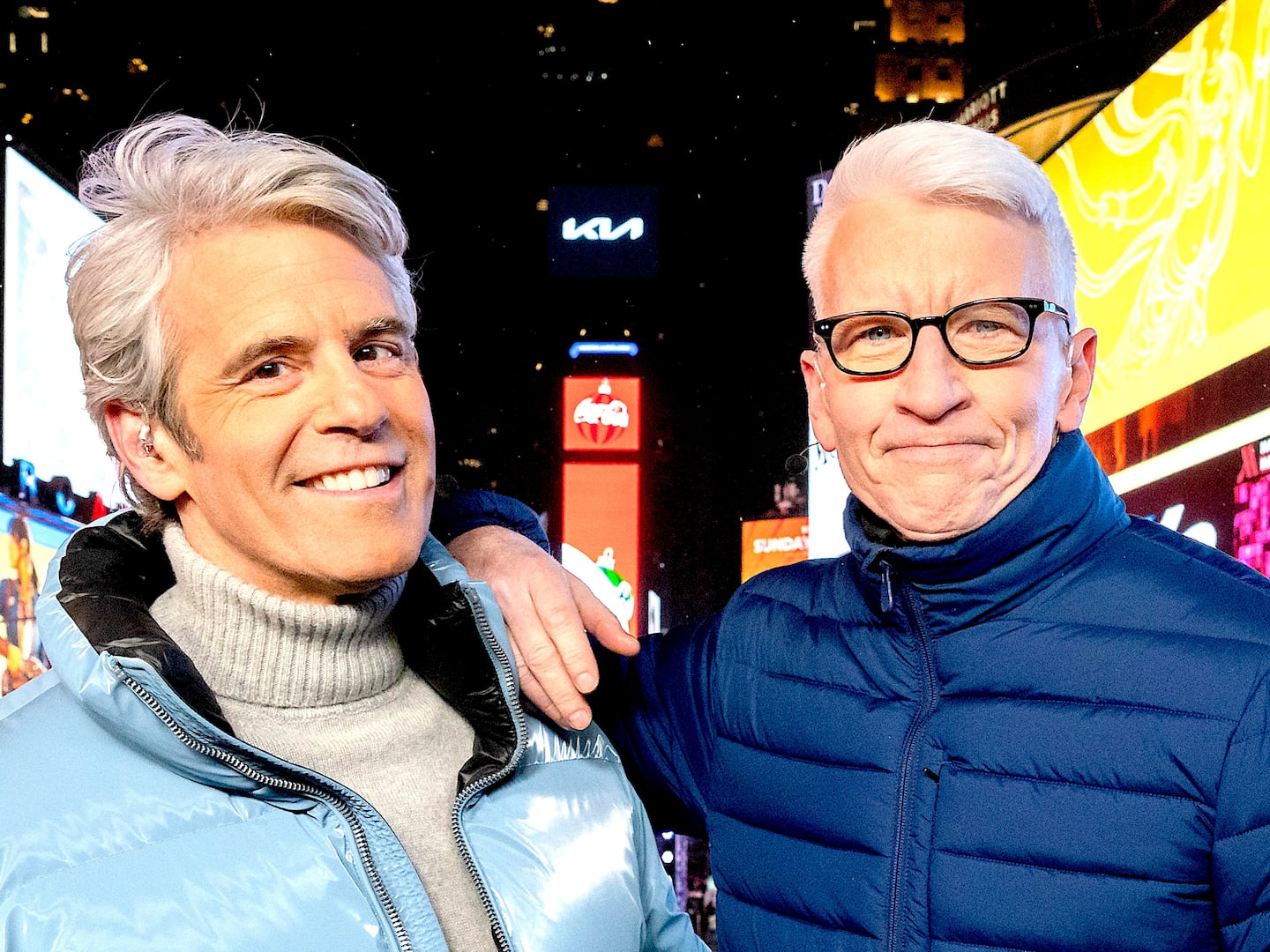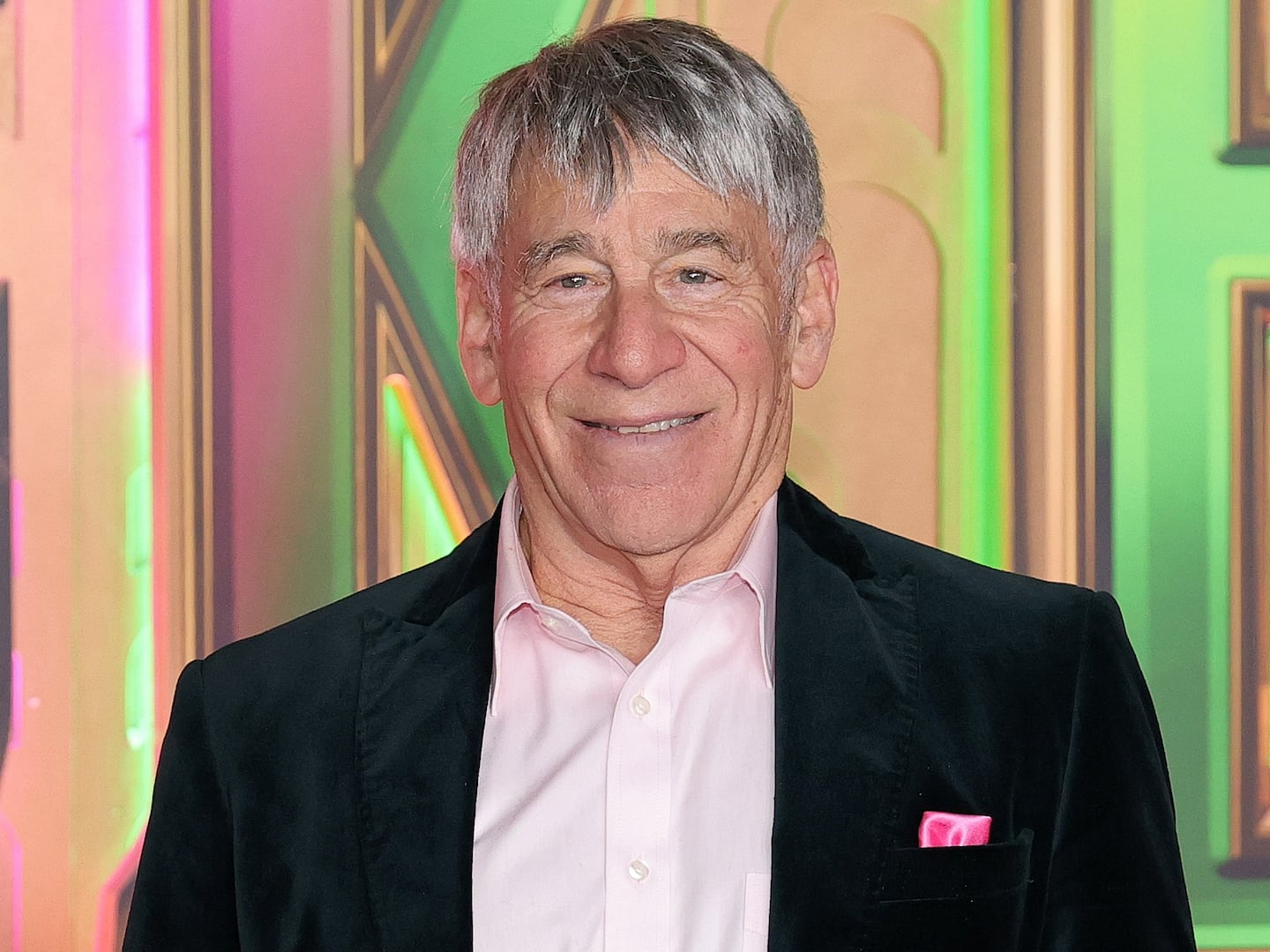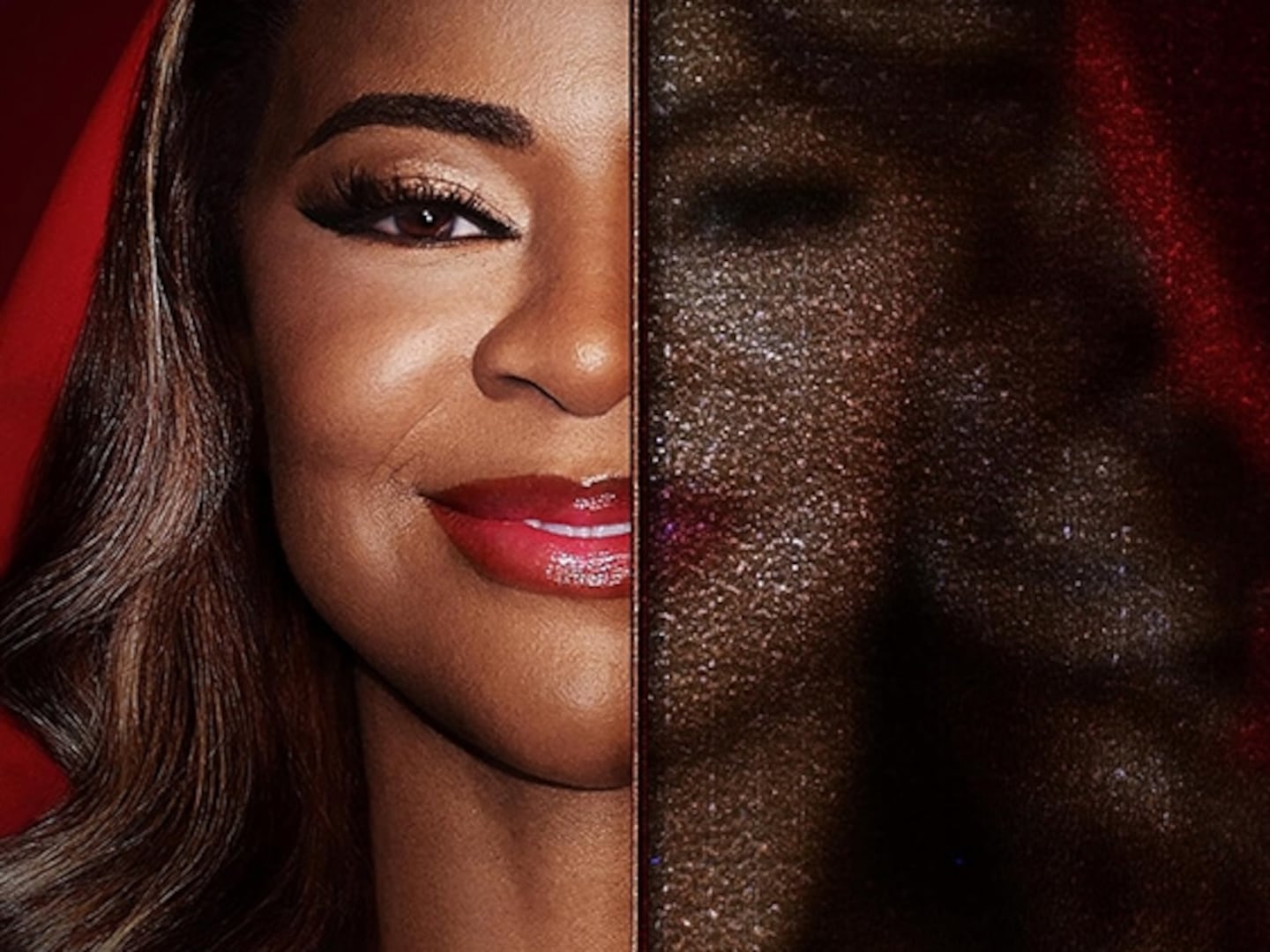Tonight, RuPaul’s Drag Race hit a milestone that few reality competition shows hosted by legendary drag queens who were big in the ’90s and have a hit song called “Supermodel” ever reach: its 200th episode.
Over the last 200 episodes, 15 seasons, and 14 years, Drag Race has changed the face of television and injected a weekly dose of impenetrable vitality into the queer community. While the show has been home to queens of all kinds, the most memorable contestants tend to be the ones who reflect the concept of drag as a punk art form. Modern drag is a political act, a form of self-expression that goes against the grain to reject ideas of gender and binary, in favor of something wholly unique.
As the seasons have gone by, several queens have emerged as ambassadors of drag’s radical spirit. In early seasons, the show scooped up local stars from their home cities and gave them a national platform to display their greatest fantasies. Contestants like Raja and Alaska Thunderfuck brought new drag styles to television, paving the way for others like Milk, Adore Delano, and Sasha Velour. In more recent years, the Drag Race image of punk shifted again, with captivating queens like Yvie Oddly and Crystal Methyd clashing old-school rocker energy with modern, fashion-forward aesthetics.
The idea of a sort of Drag Race badass has become so fluid that some queens have had a hard time keeping up. In Season 8, Acid Betty felt like the epitome of drag’s classic alt philosophies: all sharp edges and little empathy. But by the time she was cast, her style of “punk” had become outmoded within the context of the show. This left her to flounder against Bob the Drag Queen, who exhibited that winning combination of old and new, changing our minds once again. With each season, Drag Race has seen its share of spooky queens, edgy queens, and couture queens, and each of them has slowly altered the judges’—and the world’s—perceptions of what drag can be.
But in Season 15, one queen has notably emerged as the modern, Drag Race-ified version of drag’s alternative punk roots. Except, it’s the one no one was expecting: Spice.
Changing the Game
God, how far we’ve come. It was only a few weeks ago that I sat before you, recapping the Season 15 premiere and writing that, “Spice failed to make any major impression on the main stage or runway.” I come to you now, tuck between my legs, asking for just a little forgiveness.
Let me explain myself a bit, because I think if you’re at all shocked by what I’m contending, you’ll discover that it is not an opinion so much as an objective fact.
As Drag Race transcended its humble, premium cable beginnings and became a cultural force, some have criticized the ways in which Drag Race made that punk drag culture mainstream—at times, myself included. There’s no denying that RuPaul and co. took an underground art and commodified it. Like all steps toward visible progress, that has resulted in some hurdles. Nothing feels quite so unsavory as having to push past a bachelorette party of straight, white girls haranguing queens at a drag show, when you already paid a $20 cover charge (and a $3.99 ATM fee) to see your favorite performers.
But despite the occasional unpleasant byproduct, Drag Race hasn’t just been transforming our ideas of what drag can be, but about what punk drag looks like. In those formative years, walking out on the runway with fake blood capsules in a season filled with queens who were more comfortable in big hair and ball gowns, was revolutionary. The show had never seen anything like it, and the judges were clearly quipping over their surprise.
In the seasons that followed, the same shock tactics weren’t enough to impress the judges. Queens had to be more clever than that. It wasn’t actually the fake blood that shocked the judges when Sharon Needles donned it on the runway. It was her raising a firm middle finger to the unwritten rules that the show had set, a move that resulted in both fear and respect in equal measure while setting a course for Drag Race’s future.
This season, Spice has been doing something similar. She’s been unwilling to bend to the judges’ will, delivering shocks and surprises where we least expect them. From her very first mini-challenge, where she was instructed to do hair-ography against an industrial fan, Spice has been living up to her name each time she throws a little zest into the mix.
Instead of working her wig in the wind, she removed it entirely and threw on a shower cap. There was not a moment of hesitation, either. “Do we like? Are we living?” she boldly asked Ru, who questioned the decision but ultimately let it slide. Turns out, she was right. Spice posing atop a motorcycle working her shower cap almost made Ru keel over.
Though she entered the competition alongside Sugar, her identical twin, Spice has been standing firmly on her own since the premiere. I was worried when the season kicked off that the twins’ TikTok talk and aspirations for greatness, despite having never performed in public, would hinder a strong group of contestants. But it turns out that Spice’s aura of inimitable bimbohood has made her so much more than a gimmick. On personality alone, Spice is a superstar. She’s happy to go for broke on that stage, approaching every challenge in her own Spicy way.
Even Spice’s dopey impersonation of Miley Cyrus during Snatch Game, which landed her in the bottom two for the first time, managed to make Snatch Game her-story. Spice’s Miley disrupted the challenge in a way that we haven’t seen since Season 4, with her strange, hillbilly take on the pop star. But the moment she started hitting herself with the “Wrecking Ball” hammer, it was instantly preserved in meme amber. When most queens wind up in the bottom two, they desperately show everything they’ve got to save themselves. In lieu of turning their sibling bond into a rivalry, Sugar and Spice performed the very first choreographed Lip Sync for Your Life. It was a decision that said, “You can take us or leave us, but we’re not going to do it your way.”
A New Direction for Drag Race?
Since her sister was sent home, Spice has turned the fuck-you meter all the way up. When Michelle Visage criticized her canned runway trot two weeks ago, she promised to never do it again, right before trotting her little toes to the back of the stage. It got another great meme out of Ru yelling, “Cue the sniper!” But it was Spice who looked like the star.
And then there were her two Lip Sync Lalaparuza performances. Spice refuses to even attempt real choreography, instead just strutting around the stage. At one point, while performing Camila Cabello’s “Don’t Go Yet,” Spice started twirling her arms like she was in a conga line. It was so brilliantly inane and so undeniably Spice that it was impossible not to respect.
But unlike past punk queens like Sasha Velour, Bob the Drag Queen, and Alaska Thunderfuck, Spice was too green to take home the top prize. This week’s episode saw her falling to the bottom once more in this season’s Ball challenge. Her looks were nothing out of the ordinary for her character, and the whole time she was biting her tongue trying not to break into a trot. Unfortunately, Michelle sat with a crossbow loaded and ready to take her out if she even so much as lifted one foot too close to the other. And in the end, Spice—like other queens who switch up a signature style at Michelle’s behest—went home.
But in some way, it’s even more punk for Spice not to win the show. Queens who refuse to conform often end up in the top five. Their rejection of the standard typically includes a wealth of unique fashions and lip sync talent to back it up. Spice is still working on securing those as a baby drag queen. But in the meantime, she’s garnered a legion of fans and a new drag mother, even if she didn’t come close to the crown. Isn’t not winning, like, sooooo much more punk than winning?
In her relatively short time on our televisions, Spice changed what it meant to be a punk queen on Drag Race. Prior to her trotting through the door, “punk” had nearly lost its meaning in the Ru-niverse. What was once used as a term for a queen who held an air of danger, turned into a word thrown around to classify a simple, predictable imitation. “Punk” could be used to describe queens who were essentially doing Drag Race drag (Aiden Zhane, I’m looking at boo). It was no longer praise, but pigeonholing.
But 200 episodes in, Spice proved that you can still throw a grenade into the ordinary and blow it to smithereens without conceptual couture, death drops, and whiplash comedy chops. The punk anti-establishment had, ironically, become the establishment itself. And by refusing to conform to that complex, Spice set it ablaze all over again, creating space for a new kind of dubious drag queen.
Drag Race is forever changing. A couple hundred installments later, and it’s impossible to pin this show and its ultra-talented contestants down. There was never a moment where Spice wasn’t uniquely herself. And as Drag Race continues to transform and reshape our ideas of what this once underground, still radical art form can be, there’s no better indication that drag can be anything you want—your wildest, weirdest, stupidest fantasies—than Spice.
Sign up for our See Skip newsletter here to find out which new shows and movies are worth watching, and which aren’t.






